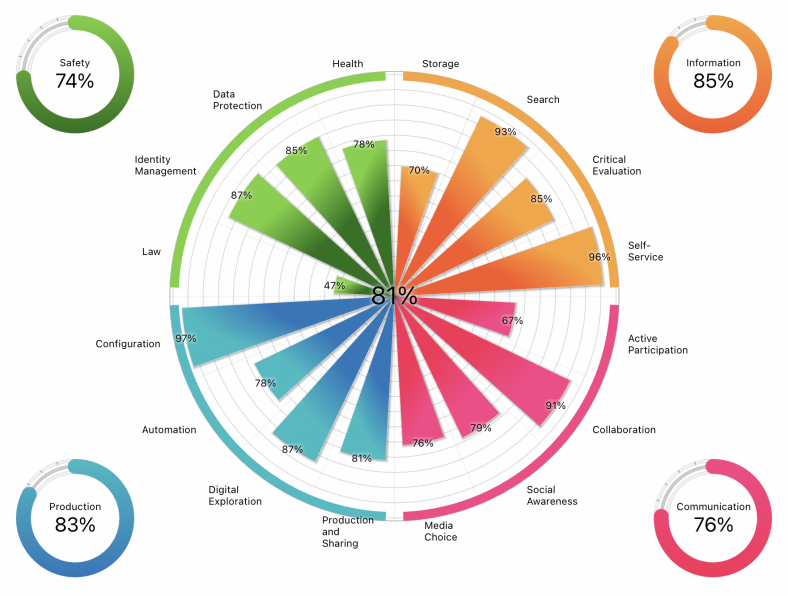This is my final post of the course, my last lullaby, my reflection sonata.
It has been an educational experience in a casual and relaxed atmosphere. Our PBL group 8 had really great facilitators (Patrik and Natalie), who kept us up to date about everything, and anything, course related. We had 100% freedom to go at things our way and I especially liked two things about our meetings: 1) we had fixed meeting times on Tuesdays and Thursdays 2) we ended meetings early if there was nothing more to discuss about. Both of these things made group work effortless, stress-free and easy.
During the course, we were given the opportunity to investigate and explore the diverse dimensions of online learning as a group. Few things that I would like to highlight are the following.
- Support for teachers. Support is not only a “Here are the tools you can use!” chant, but best practices. Less is more, otherwise the abundance of software and hardware, and their features, is overwhelming. There should be more resources (e.g. teaching assistants not only for the course but for the preparation of the course) and time dedicated for teaching at the University level, to ensure the materials, methods are up to date and that they are continuously improved.
- Disadvantaged students. Just last year it became mandatory for all video material at Aalto University to have subtitles to improve the accessibility for all. This is a great thing but it adds on the work of teachers, unless they are using a software that provides automatic subtitles. Again, a critical factor while choosing software, and one that might become apparent when it is too late. All disadvantaged students should be taken into account while developing teaching. More generally this means that there is a call for flexible and personalised learning and assessment. The old metaphor of “do not assess a giraffe by its ability to climb trees” holds true to this day.
- Creativity assessment. It is vital to assess students based on their content mastery, however, creativity assessment is commonly disregarded. Creativity is difficult to assess, so there has to be efforts made towards methods that support awarding students for creativity. A gut feeling of “this feels creative” is not enough. One way would be giving points for the quantity of generated ideas to solve a problem, as higher quantity of ideas increases the probability of higher quality ideas.
That’s all folks! Thank you ONL. Thank you PBL group 8. Thanks to all participants! Have a great summer 🙂

